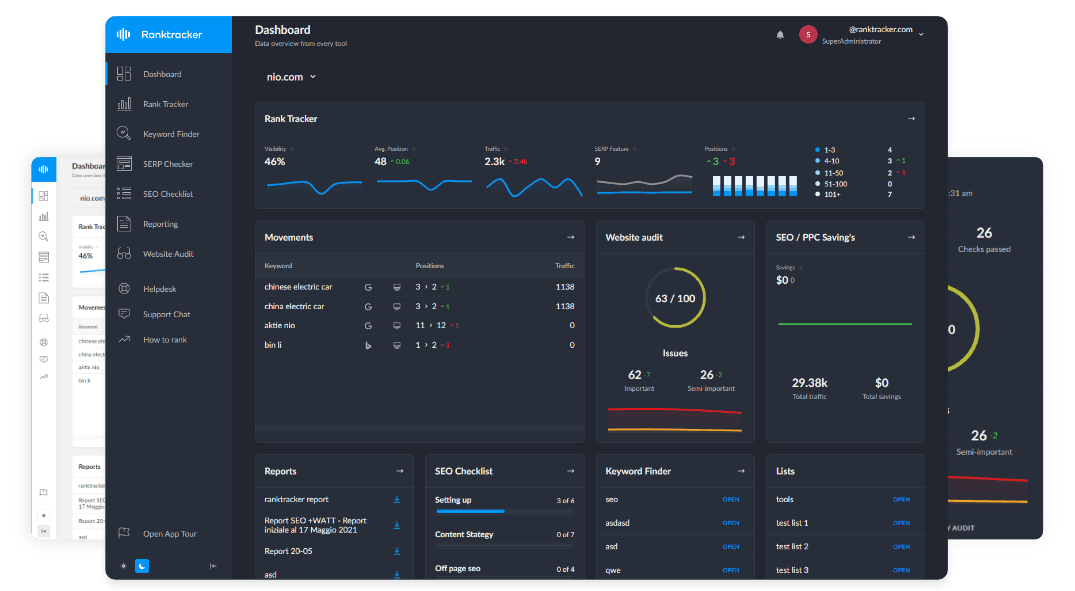Intro
A great-looking site that no one finds isn’t doing its job. Search performance starts with the way a site is planned, designed, and built. This guide distills the essentials of SEO friendly web design so your pages are discoverable, crawlable, fast, and genuinely helpful to users.
If you’re mapping how to boost website SEO with web design, start by aligning UX and technical foundations. For region-specific execution, experienced teams like web design Houston specialists can help implement these principles end‑to‑end—from information architecture to performance budgets.
1. Mobile‑first, responsive by default
Design for the smallest, real‑world screens first and scale up. Google primarily uses mobile content for indexing, so a responsive baseline is non‑negotiable.
- Use fluid grids and flexible media; avoid fixed-width layouts.
- Set adequate tap targets and spacing; don’t hide core content behind accordions on mobile.
- Test across popular devices and network conditions.
- Respect Core Web Vitals on mobile, not just desktop.
2. Performance is UX (and rankings)
Speed influences both rankings and conversion. Bake performance into your design process rather than bolting it on at the end.
- Optimize images: modern formats (AVIF/WebP),
srcset/sizes, and lazy loading for below‑the‑fold assets. - Defer or async non‑critical JavaScript; minimize third‑party scripts.
- Inline critical CSS; ship the smallest possible CSS/JS bundles.
- Use a CDN, HTTP/2+, caching headers, and preconnect/prefetch for key resources.
- Monitor Core Web Vitals (LCP, CLS, INP) and set performance budgets per page template.
3. Clear information architecture and navigation
Search engines (and humans) need a predictable hierarchy.
- Plan your sitemap around topics and intent, not internal org charts.
- Keep click‑depth shallow for priority pages (ideally ≤3 clicks from the homepage).
- Use descriptive navigation labels (no jargon), logical breadcrumbs, and contextual internal links.
- Avoid mega‑menus stuffed with everything—prioritize top pathways.
4. Semantic HTML and accessible components
Semantic structure helps crawlers interpret your content and improves accessibility—both are ranking and UX wins.
- One
<h1>per page that maps to primary intent; orderly<h2>–<h6>levels. - Meaningful landmarks (
<header>,<nav>,<main>,<footer>,<aside>) and list elements for groups. - Descriptive alt text for informative images; avoid keyword stuffing.
- Build accessible UI patterns (tabs, modals, accordions) with keyboard support and ARIA only where needed.
5. Content-first templates that satisfy intent
Design your page around the job the user came to do. Templates should showcase real content, not placeholder lorem ipsum.
- Put primary answers and value propositions above the fold.
- Pair compelling H1s with unique, intent‑aligned meta titles and descriptions.
- Avoid thin or boilerplate pages; enrich with FAQs, examples, and media that add clarity.
- Use internal links to supporting content clusters to strengthen topical authority.
6. Clean URLs and structured data
Make it easy for search engines to parse meaning and relationships.
- Human‑readable slugs (
/category/seo-friendly-web-design/), lowercase, hyphen‑separated, no query‑string clutter. - Add JSON‑LD schema where relevant (Organization, BreadcrumbList, Article, Product, FAQ, HowTo, LocalBusiness).
- Keep one canonical URL per page; avoid duplicate parameterized variants.
7. Image, video, and media hygiene
Rich media can elevate UX and rankings when optimized correctly.
- Descriptive filenames (
modular-navigation-wireframe.png) and concise alt text. - Provide captions or transcripts for videos; consider a video sitemap for high‑value video content.
- Use vector SVGs where possible; compress and subset fonts; limit icon fonts.
8. Indexability and crawl control
Don’t make bots work for it. Ensure your best content is easy to fetch, render, and index.
- Keep a clean
robots.txt; block only what should never be indexed (admin, cart, internal APIs). - Maintain an up‑to‑date XML sitemap (and image/video sitemaps as needed).
- Render critical content server‑side or with reliable hydration; avoid JS‑only rendering for key text.
- Set canonical tags,
noindexfor thin/duplicate pages, and manage pagination carefully.
9. Respectful UX: no intrusive or jittery patterns
Aggressive pop‑ups, layout shifts, and unstable interfaces hurt engagement and Core Web Vitals.
- Avoid interstitials that block content on entry, especially on mobile.
- Prevent CLS with fixed dimensions for images/ads and stable font loading.
- Keep cookie banners minimal and compliant; defer non‑essential scripts until consent.
10. Trust, local signals, and E‑E‑A‑T by design
Surface credibility signals that help users (and algorithms) trust your brand, and cover local SEO basics visually and structurally.
- Prominent contact details, About page, author bios, editorial standards, and policies.
- Showcase reviews, case studies, certifications, and third‑party mentions.
- For local SEO: consistent NAP in the footer, embedded map on location pages, LocalBusiness schema, and city‑specific landing pages with unique content.
Implementation roadmap
- Audit current templates for Core Web Vitals, semantics, and crawlability.
- Prioritize pages by business value and fix the highest‑impact issues first.
- Refactor your design system (components, tokens) to bake in accessibility and performance.
- Document IA rules, internal‑linking guidelines, and content standards.
- Monitor with analytics, Search Console, and lab/field performance data—iterate continuously.
Conclusion
Great rankings are a by‑product of great UX and solid engineering. Bake these principles into your design system, enforce performance and accessibility gates in CI, and keep iterating from real user data.
- Start small: ship one optimized template, measure impact, then scale across the site.
- Align teams: designers, writers, and engineers should work from the same IA, component library, and SEO rules.
- Maintain discipline: performance budgets, link hygiene, and schema standards stop regressions before they ship.
Design isn’t separate from SEO—it’s how SEO is experienced. Apply these 10 principles consistently and visibility will follow from a faster, clearer, more trustworthy site.

